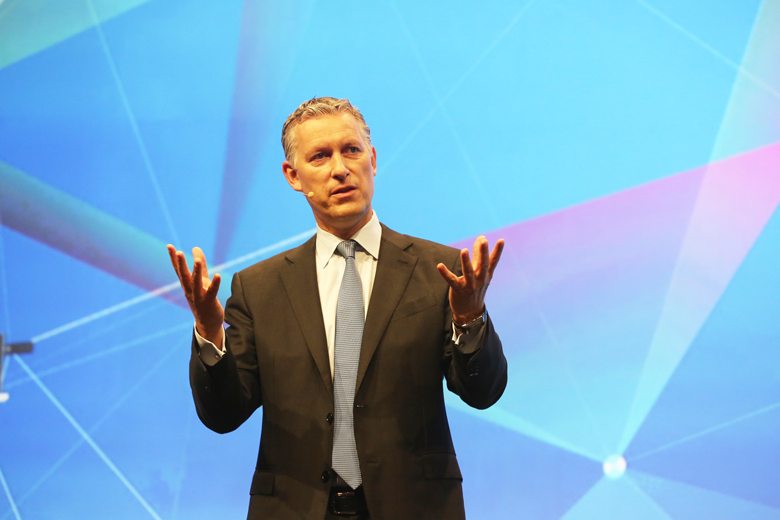

Middle East spending expected to rise 3.7 per cent in 2016
Information technology (IT) spending in the Middle East region is expected to increase by 3.6 per cent to reach $212.9bn in 2016, according to US research and consultancy Gartner.
We see positive IT growth in the Middle East despite some level of economic uncertainty in world markets, says peter Sondergaard, senior vice president and global head of research at Gartner.
Sondergaard attributed the expected growth to multiple developments including refocusing economic development beyond the oil industry, deepening smart cities initiatives, and the adoption of internet-of-things (IOT).
Communications, primarily telecoms services, is expected to remain the dominant component of the regions total IT spend, although its share of the total spend is expected to gradually decline over the medium-term. Spending on data centre systems, comprising mainly external network equipment, external controller-based storage, servers and unified communications, is expected to remain relatively flat.
Estimated IT Spending in the Middle East ($bn)
| 2015 | 2016 | 2017 | 2018 | 2019 | |
|---|---|---|---|---|---|
Devices | 37.1 | 39.8 | 42.6 | 48.1 | 49.4 |
Data center systems | 4.9 | 5.0 | 5.2 | 5.4 | 5.5 |
Software | 4.3 | 4.7 | 5.2 | 5.6 | 6.1 |
IT services | 9.9 | 10.3 | 10.7 | 11.2 | 11.7 |
Communication services | 149.2 | 153.1 | 158.3 | 164.4 | 169.3 |
Total market | 205.4 | 212.9 | 222.0 | 234.6 | 242.0 |
Source: Gartner, March 2016 | |||||
Gartner, which conducts annual survey of over 2,000 chief information officers (CIOs) globally, also said that the role of the CIO is rapidly changing along with the extent to which digitalisation of business processes is taking place.
The CIO on average still controls 70 per cent of the total IT budget, and this could as well decline to 50 per cent within a year or two, says Sondergaard. Other lines of businesses, such as marketing, logistics and finance, are now responsible for at least 30 per cent of the IT budget. This implies a deepening adoption of IT across business functions, and it is foreseeable that every budget in the future is going to be a technology budget because of the need to digitalise every aspect of a business.
The CIOs diminishing control over an organisations overall IT budget, however, doesnt mean a less important role in the future. The pervasiveness of IT in every aspect of a business means [the CIO] is in the best position to coordinate technology implementation across business functions, explains Sondergaard. This change in role, however, would require a different level of leadership and management skills not only for the CIO but for his direct remits.
Sondergaard also said that the key technology areas that CIOs in the GCC region are focusing on in 2016 align with their global counterparts. These include business intelligence and analytics, infrastructure and data centre, cloud services, enterprise resource planning (ERP) and digitalisation or digital marketing.
The Gartner annual survey also revealed that 63 per cent of CIOs in the GCC plan to increase their IT spending in 2016, versus 25 per cent who said they will decrease spending and 12 per cent who said their spending will not change during the year.
You might also like...

Hassan Allam and Siemens confirm Hafeet Rail award
24 April 2024

UAE builds its downstream and chemical sectors
24 April 2024

Acwa Power eyes selective asset sales
24 April 2024

Bahrain mall to install solar carport
24 April 2024
A MEED Subscription...
Subscribe or upgrade your current MEED.com package to support your strategic planning with the MENA region’s best source of business information. Proceed to our online shop below to find out more about the features in each package.





